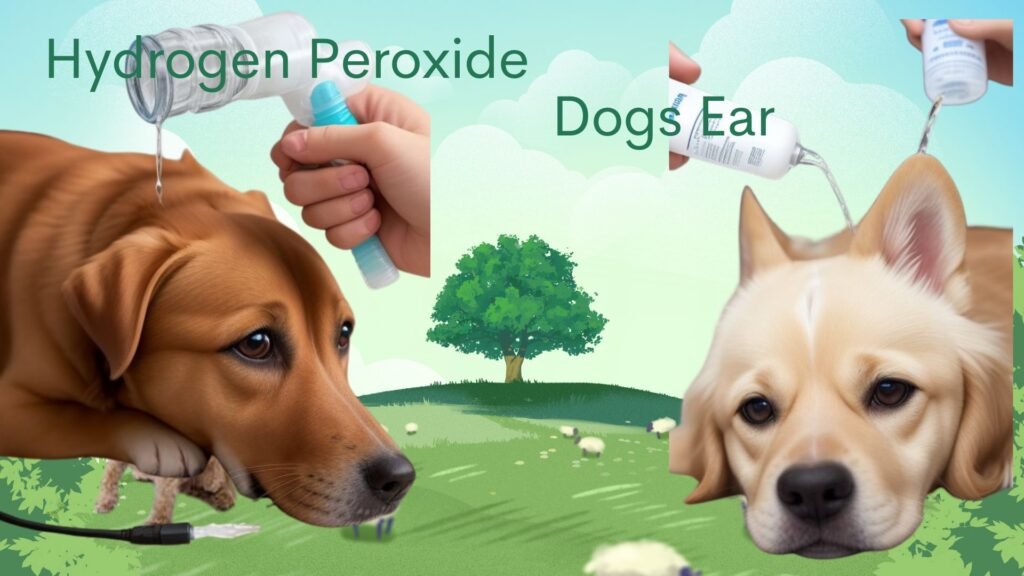How can we use Castor Oil for Pets: and Benefits
Introduction
“Many pets owners swear by castor oil for soothing their dog’s dry skin, but is it truly safe?

Castor oil, derived from the seeds of the Ricinus communis plant, has been a staple in traditional medicine for centuries—from ancient Egyptian skincare rituals to Ayurvedic remedies. But when it comes to pets, its use sparks debate. This comprehensive guide dives into the science-backed benefits, historical roots, that’s true and safe practices for using castor oil on dogs, cats, and other animals. Whether you’re tackling hot spots, brittle nails, or curious about holistic care, we’ll equip you with vet-approved advice and real-world success stories—all while prioritizing your pet’s safety.”
What is Castor Oil?
Castor oil is a pale yellow vegetable oil extracted from castor beans, rich in ricin oleic acid (over 85%), a fatty acid known for its anti-inflammatory and moisturizing properties. While humans have used it for everything from hair growth to constipation relief, pet-safe formulations differ. Human-grade castor oil often contains additives or higher concentrations that can harm animals. Always opt for organic, cold-pressed, hexane-free castor oil labeled for veterinary use to avoid toxins like ricin, a naturally occurring poison in raw castor beans.
History of Castor Oil in Animal Care
According to history experts Castor oil’s use in animal care dates back to 4000 BCE, with Egyptian hieroglyphs depicting its role in treating livestock eye infections. In medieval Europe, farmers mixed it with herbs to soothe horses’ muscle strains. Indigenous tribes in South America applied it topically to repel parasites on hunting dogs. However, its popularity waned in the 20th century with the rise of synthetic medications—only to resurge recently as pet owners seek natural alternatives and pet drinks.
Benefits of Castor Oil for Pets
Dogs
- Skin & Coat Health: A 2021 study in Veterinary Dermatology found ricinoleic acid reduces inflammation in canine allergic dermatitis. Diluted castor oil can alleviate hotspots and dry patches.
- Paw Care: In winter, a DIY paw balm (castor oil + beeswax) protects against cracking.
Cats
- Hairball Prevention: Massaging a tiny amount into fur (avoiding ingestion) can reduce shedding. Caution: Cats groom obsessively—overuse risks diarrhea.
Birds
- Feather Health: Anecdotal reports suggest diluted castor oil strengthens brittle feathers in parrots.
Small Mammals
- Nail Health: Applied sparingly to guinea pigs’ nails to prevent splitting.
Expert Insight: Dr. Sarah Mitchell, DVM, warns, “Never use castor oil internally without veterinary supervision. Its laxative effect can dehydrate pets.”
Step-by-Step Safe Application Guide
For Dry Skin (Dogs & Cats):
- Dilute: Mix 1 part castor oil with 3 parts coconut oil.
- Patch Test: Apply a pea-sized amount to a small area; wait 24 hours.
- Apply: Gently massage into affected areas 2–3x weekly.
Avoid: Eyes, nostrils, and open wounds. Use a cone collar if pets lick excessively.
Real-Life Success Stories
- Buddy the Rescue Dog: After months of battling mange, Buddy’s owner used a vet-approved castor oil + oatmeal blend. Within weeks, his coat regrew with minimal scarring.
- Mittens the Cat: A holistic vet recommended castor oil + chamomile rinse for flea irritation. Mittens’ scratching was reduced by 70%.
Risks and Misconceptions
- Myth: “Castor oil cures ear mites.”
Truth: While it may temporarily smother mites, it doesn’t eliminate eggs. Always use it in conjunction with FDA-approved treatments. - Toxicity Risk: Ingesting pure castor oil can cause vomiting, seizures, or ricin poisoning. Store it like medication—out of paws’ reach.
FAQs
Q: Can I use castor oil on my dog’s paws in winter?
A: Yes! Mix with shea butter for a protective balm. Rinse paws after walks to prevent salt ingestion.
Q: What if my pet licks castor oil?
A: Wipe their mouth immediately and call your vet. Small amounts may cause diarrhea; large doses require emergency care.
Q: Is castor oil safe for birds?
A: Sparingly. Dilute 1:10 with almond oil and avoid flight feathers.
Conclusion
If used wisely, castor oil can be a powerful ally in pet care. Always consult your vet before trying new treatments, and prioritize products formulated for animals. Share your castor oil journey in the comments, and bookmark this guide for your next grooming session!

